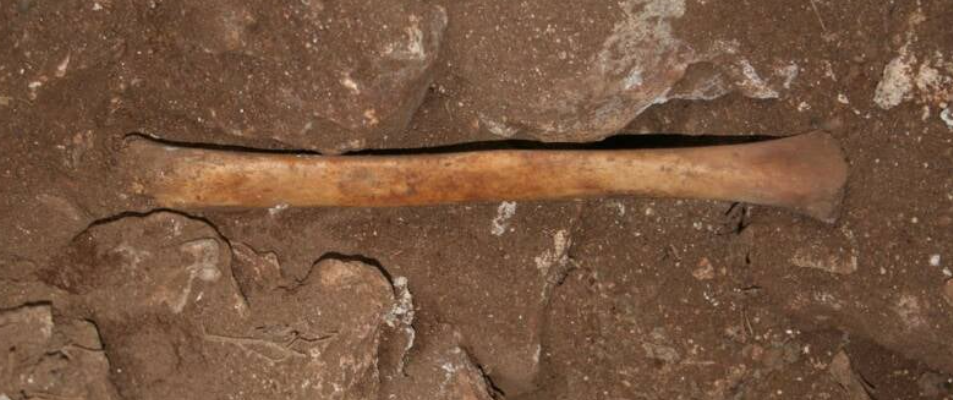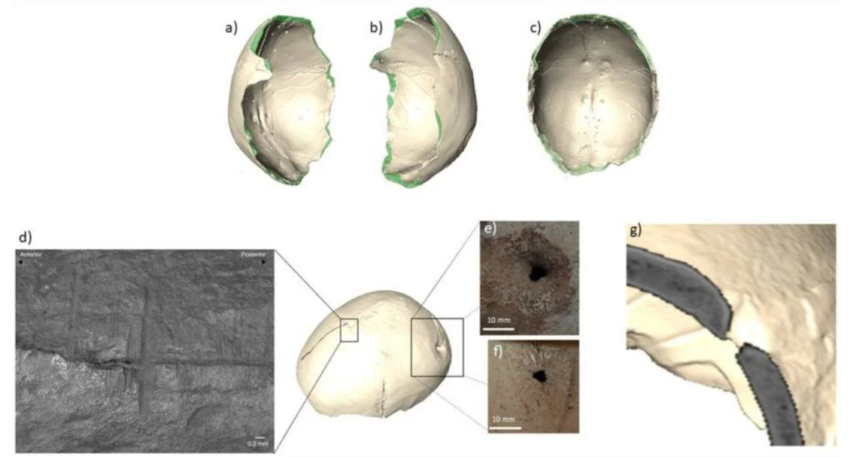A number of ancient human skeletons have been recovered by archaeologists from a cave in Spain, along with a container modified as a “skull cup”. They also found a tibia that appears to have been manufactured as a tool.
Some of the skeletons found have been transformed into tools, including the cup.
The deliberate post-mortem modifications of the bones found in the cave date back to around the 5th to 2nd millennium BC, according to the researchers, who include researchers from Spain and Switzerland.
According to the study, which was published in the journal Plos One, caves have been sites for burial and later modification for thousands of years in the Iberian Peninsula. Although earlier studies have confirmed the cultural occurrence of using caverns as burial grounds, the significance of manipulating human remains buried there has remained a mystery.
Starting approximately the 4th millennium BCE, this practice became particularly widespread in the southern Iberian Peninsula.
Rafael Martnez Sánchez from Spain’s Universidad de Córdoba and academics from the University of Bern examined a large number of skeletal remains that were discovered in Cueva de los Marmoles in southern Spain and belonged to at least 12 people. The individual burials were dated by radiocarbon dating to the 5th and 2nd millennia BCE.



The scientists also found evidence of deliberate changes made to the bones after death. These included cuts and fractures that could have been caused by attempts to remove bone marrow and other tissues.
“Anthropic traces on the remains – fresh fractures, marrow canal modifications, and scraping marks – hint at their intentional fragmentation, cleaning from residual soft tissues, and in some cases reutilization,” scientists says.
“The repeated pattern, distribution on the cranial vault, and shallow depth of the scraping marks on the ‘skull cup’ indicate an attempt to clean the cranium from residual soft tissues by means of repeated scrapings and the application of a relatively low force.”
According to scientists, the results are similar with other cave sites in the southern Iberian Peninsula and show a widespread practice of altering and using buried human remains for tools and sustenance.
They imply that there might potentially be additional symbolic purposes for these alterations, which might become more apparent with additional research.
Cover photo by Z. Laffranchi, CT images by M. Milella
